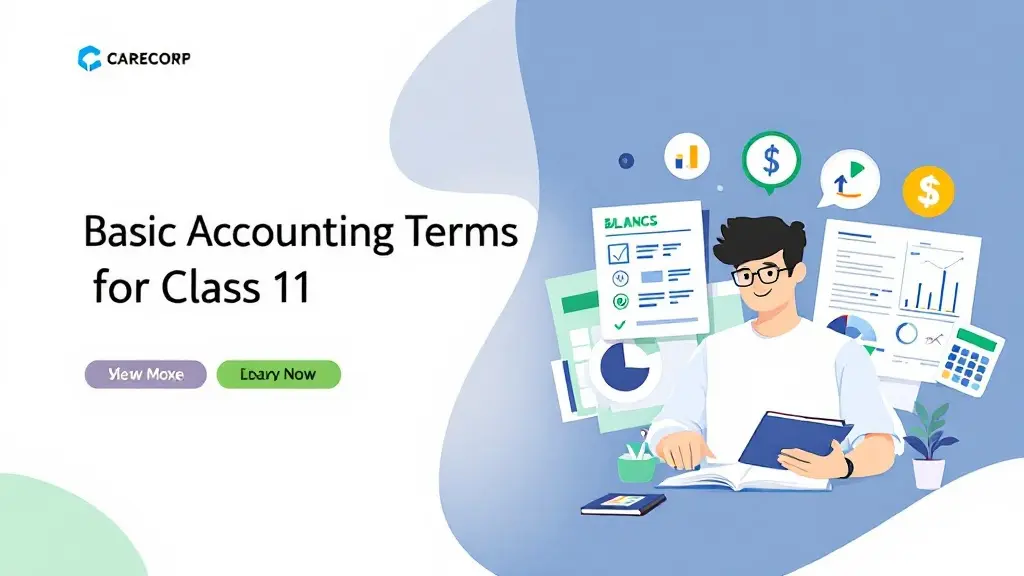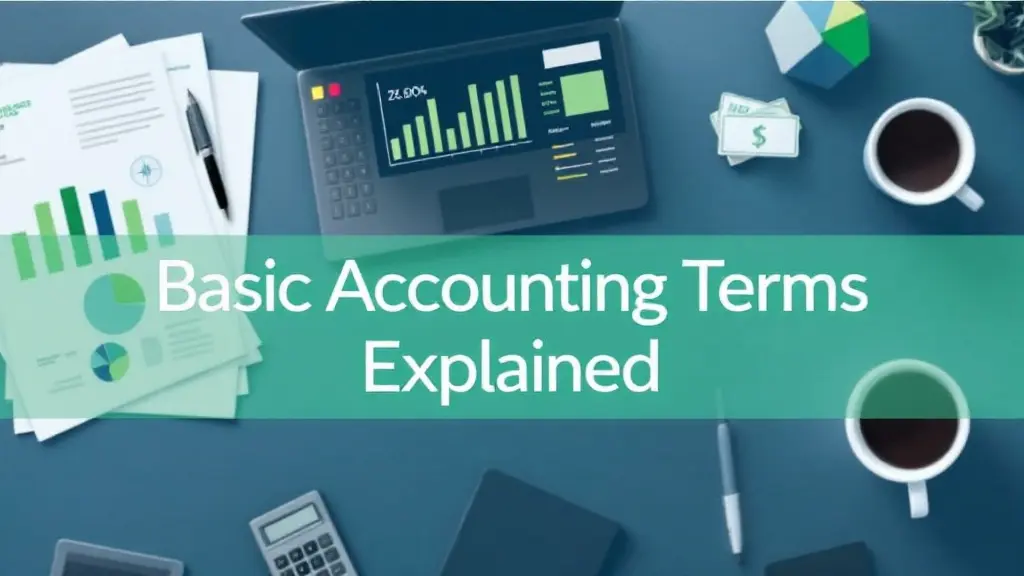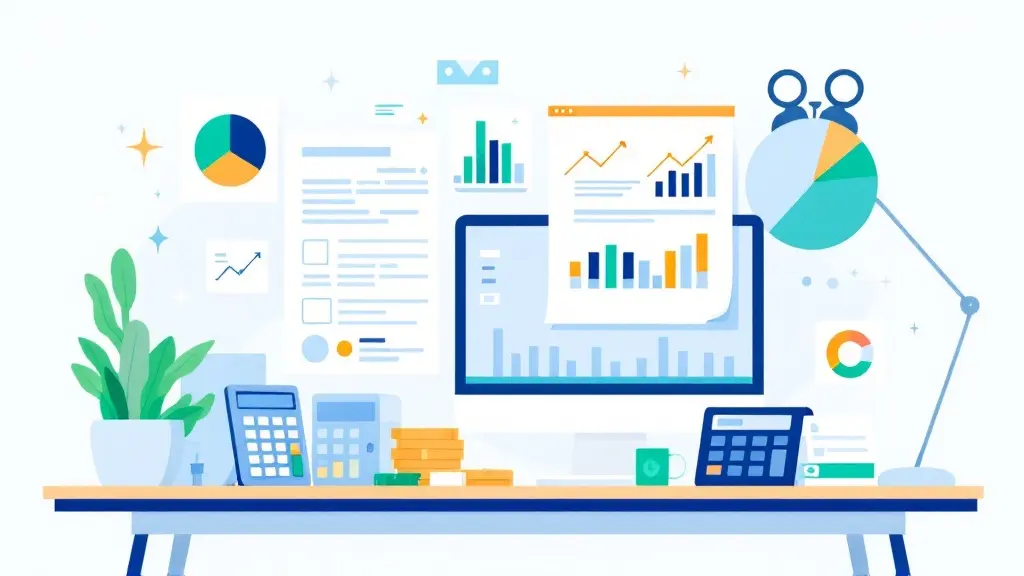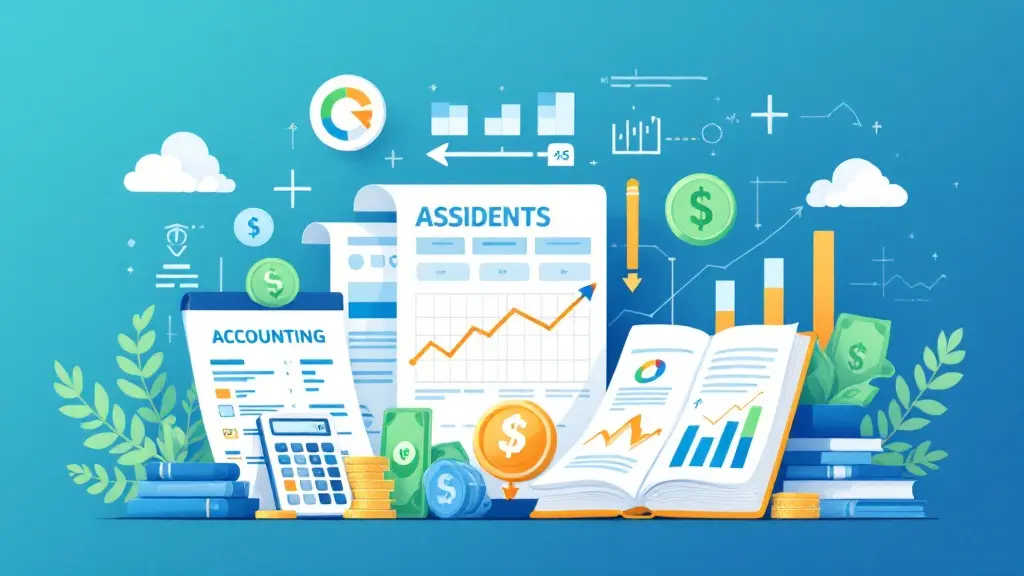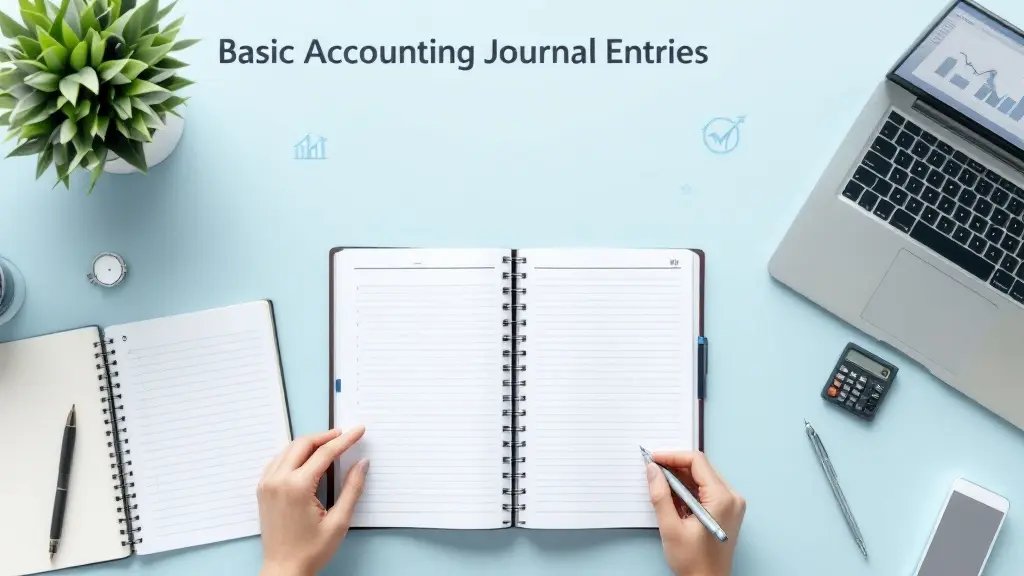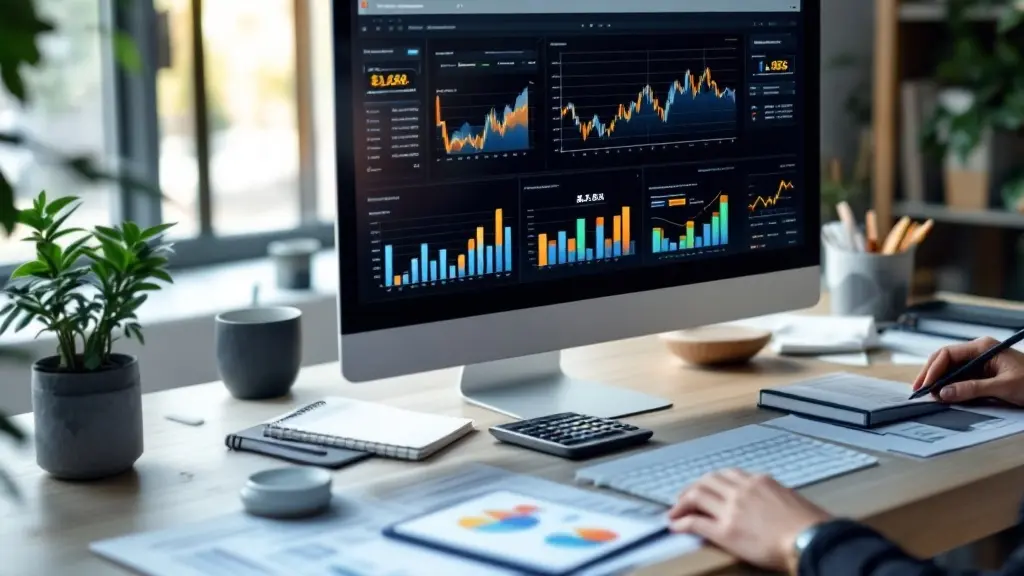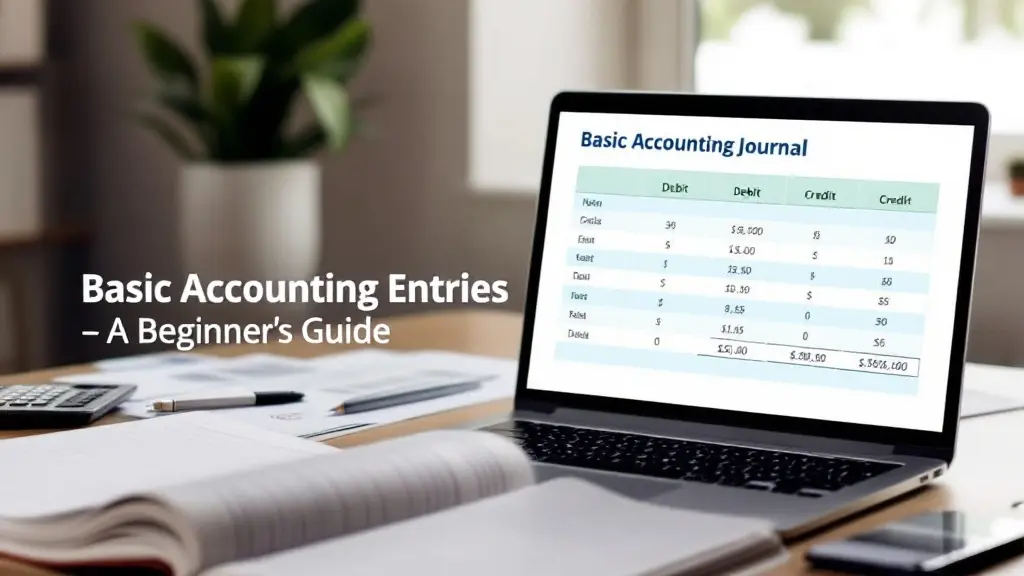Basic Accounting Terms for Class 11: A Comprehensive Guide
Table of Contents
Most Read
[fusion_dropcap class="fusion-content-tb-dropcap"]W[/fusion_dropcap]hen you first begin studying accounting, the sheer number of terms and concepts can be overwhelming. However, understanding these basic accounting terms is crucial for building a strong foundation in the subject. For Class 11 students, learning these key terms will not only help in your current studies but will also be beneficial for future studies in accounting. In this blog post, we’ll break down some of the most important accounting terms in a simple, easy-to-understand way. By the end of this article, you’ll be well-versed in these terms and ready to dive deeper into the world of accounting.
1. What is Accounting?
Before we get into the terms, let’s quickly define accounting. In the simplest terms, accounting is the process of recording, summarizing, and analyzing financial transactions to provide useful information to decision-makers. It is often referred to as the “language of business” because it communicates the financial health of a business or organization.
2. Key Accounting Terms Every Class 11 Student Should Know
1. Assets
Assets are resources owned by a business that have economic value and can be used to generate future cash flow. They can be classified into two types:
- Current Assets: These are short-term assets that can be converted into cash within a year. Examples include cash, inventory, and accounts receivable.
- Non-Current Assets: These are long-term assets that provide value over a period longer than one year. Examples include property, plant, and equipment.
2. Liabilities
Liabilities are obligations or debts that a business owes to outsiders, such as creditors or lenders. They can also be classified as:
- Current Liabilities: These are debts that must be paid within a year, such as accounts payable and short-term loans.
- Non-Current Liabilities: These are long-term debts, like bonds payable or long-term loans, which are due after more than one year.
3. Capital
Capital refers to the money invested in the business by its owners or shareholders. It can be used to purchase assets, pay liabilities, or fund business operations. There are two types of capital:
- Owner’s Equity: This is the owner’s share in the business after all liabilities are deducted from assets.
- Share Capital: In the case of a company, share capital is the money raised from issuing shares to investors.
4. Revenue
Revenue, often referred to as sales or income, is the total money a business earns from its operations before any expenses are deducted. For example, revenue from the sale of goods or services.
5. Expenses
Expenses are the costs incurred by a business in order to generate revenue. These could include rent, salaries, utilities, and depreciation. Understanding expenses is crucial because they directly affect the profitability of a business.
3. The Basic Accounting Equation
The relationship between assets, liabilities, and owner’s equity is represented by the basic accounting equation:
Assets = Liabilities + Owner’s Equity
This equation is fundamental to accounting and ensures that the books are balanced. For every transaction that occurs, this equation must remain in balance.
4. The Double Entry System
In accounting, every transaction is recorded in two accounts: a debit and a credit. This is known as the double entry system. The principle behind double entry is that every debit must have a corresponding credit. For instance, if a company purchases inventory with cash, the inventory account is debited, and the cash account is credited. This system ensures accuracy and prevents errors.
5. The Income Statement (Profit and Loss Statement)
The income statement, also called the profit and loss (P&L) statement, shows a company’s financial performance over a specific period. It lists the revenue, expenses, and profits (or losses) made during that period. The formula for calculating profit is:
Net Profit = Revenue – Expenses
By understanding the income statement, you can assess whether a business is making a profit or operating at a loss.
6. The Balance Sheet
A balance sheet is a snapshot of a company’s financial position at a specific point in time. It lists all the assets, liabilities, and owner’s equity. The balance sheet follows the basic accounting equation, ensuring that the company’s financial position is accurately represented.
Structure of a Balance Sheet:
- Assets (on the left side)
- Current Assets
- Non-Current Assets
- Liabilities and Owner’s Equity (on the right side)
- Current Liabilities
- Non-Current Liabilities
- Owner’s Equity
The balance sheet is a key financial statement used by investors, creditors, and other stakeholders to evaluate the financial health of a business.
7. Accounts Receivable and Accounts Payable
- Accounts Receivable: This refers to money owed to a business by its customers for goods or services delivered but not yet paid for. It’s considered a current asset.
- Accounts Payable: This refers to the money a business owes to its suppliers or creditors for goods or services received but not yet paid for. It’s considered a current liability.
Understanding these concepts helps in managing cash flow and ensuring that the business has enough liquidity to meet its obligations.
8. Depreciation
Depreciation is the process of allocating the cost of a long-term asset (such as machinery or buildings) over its useful life. Since assets like machinery lose value over time due to wear and tear, depreciation helps businesses match the cost of the asset with the revenue it generates. Depreciation is a non-cash expense, but it’s important for calculating profits and taxes.
9. Accrual vs. Cash Accounting
- Accrual Accounting: In this method, transactions are recorded when they occur, regardless of when cash is actually received or paid. For example, if a business provides a service in December but receives payment in January, the revenue is recorded in December.
- Cash Accounting: This method records transactions only when cash is exchanged. It’s simpler than accrual accounting but doesn’t give as accurate a picture of a company’s financial performance.
10. Trial Balance
A trial balance is a list of all the balances in the general ledger accounts. It’s used to check if the total debits equal the total credits. A trial balance is prepared at the end of an accounting period and is a crucial step before preparing financial statements like the income statement and balance sheet.
11. Journal Entries
Journal entries are the first step in the accounting process. They are the initial records of business transactions in the accounting system. Each journal entry includes:
- The date of the transaction
- The accounts involved
- The amounts debited or credited
Understanding how to make accurate journal entries is essential for maintaining accurate financial records.
Conclusion: Mastering Accounting Terms for Class 11
As a Class 11 student, mastering these basic accounting terms is the first step in your accounting journey. While these terms may seem complex at first, with practice, you’ll be able to understand and use them with ease. Remember, accounting is not just about numbers; it’s about understanding the story behind the numbers. By understanding these basic terms, you’ll be well on your way to mastering the subject and excelling in your exams.
If you need more help or want to dive deeper into accounting topics, don’t hesitate to explore additional resources or reach out for assistance. Keep practicing, and accounting will become second nature!
Visit Our Website : Accounting.in
